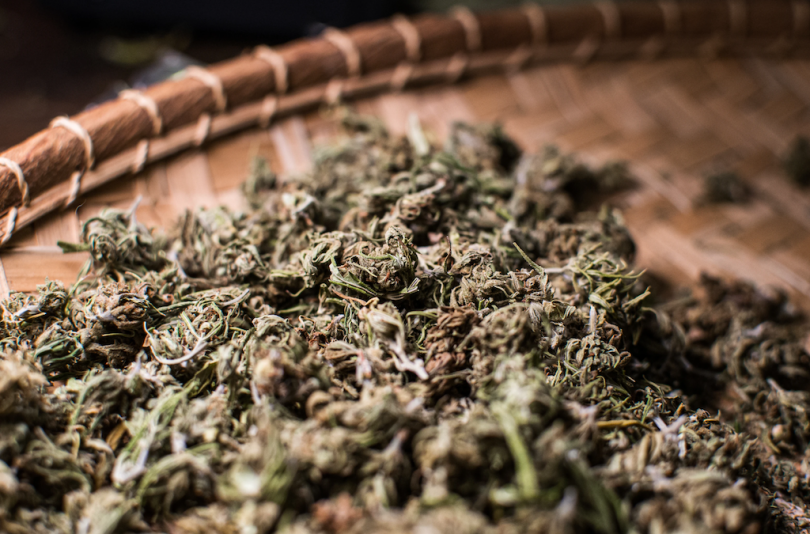If you have ever uncovered a forgotten stash of flower buried in a drawer or left in a jacket pocket for who knows how long, you have probably faced similar questions to others who’ve had the same experience. Is it still good? Can you still smoke it? Has the potency changed? Here is a quick look at what happens to the plant as cannabis ages and the changes that occur during decomposition.
Cannabis is a biological substance. And being such, it decomposes over time. Any living thing begins to break down and go through chemical changes once it is no longer living. As soon as cannabis flowers are pulled from the plant and harvested for consumption, they are no longer living. There are ways to prolong the decomposition process but innately, changes do occur as cannabis ages.
When cannabis is ripe for the picking and ready to harvest, it is full of the cannabinoids we know of but in acid form such as tetrahydrocannabinolic acid (THCA), cannabidiolic acid (CBDA), and cannabigerolic acid (CBGA). CBGA is the precursor molecule from which the common cannabinoids most consumers are familiar with are derived from. CBGA synthesizes into THCA or CBDA, which through decarboxylation can then be utilized by the human endocannabinoid system in the forms of delta-9-tetrahydrocannabinol (THC) and cannabidiol (CBD).
Once cannabis is harvested and stored, these cannabinoids can be affected by certain conditions that can lead to loss of potency or spoilage. A common effect of decomposition on cannabis flower is that there is a reduction of potency. If cannabis is subjected to considerable amounts of sunlight or heat, THCA can be changed into cannabinolic acid (CBNA). [1] When smoked or decarbed, CBNA will turn into cannabinol (CBN), which is far less psychoactive than THC. This chemical change can lead to a noticeable lessening in effect of the cannabis and is common in old flower.
While loss of potency does not pose any real significant side effects other than a harsh feel when smoked due to a lack of moisture in the flower. Old cannabis subjected to different conditions can pose other issues. If cannabis is exposed to excess moisture, it can begin to mold. Consuming moldy flower can pose serious health risks and should be avoided. If you see any fuzz-like growths or spores on your old cannabis, it should be discarded immediately.
Ageing and decomposition of cannabis is a natural process that cannot be entirely avoided but can be prolonged with proper storage. When properly stored in an airtight container away from direct heat or sunlight and excess moisture, cannabis flowers can stay fresh for many months and even years. Under less than optimal conditions, the shelf life of your flower can be considerably less.
If you come across old cannabis, in whatever fashion, take a good look and a strong whiff of it before consuming. Any signs of mold are reason to discard immediately while an absence of the familiar smell could indicate a loss of potency due to terpene degradation.
Reference
- Ross, SA and Elsohly, MA. “CBN and D9-THC Concentration Ratio as an Indicator of the Age of Stored Marijuana Samples.” Bulletin on Narcotics, vol.49, no.1, 1997, pp.139-147. Times Cited = 36 (ResearchGate).
Image Source: (Graphic 1)








